15 Small Cats That Might Not Exist in the Future
Small wild cats are some of the most fascinating creatures on the planet. They have unique skills, which range from climbing trees like an acrobat to hunting in the freezing cold. But many of these tiny predators are in serious trouble. Habitat loss, poaching, and human expansion are pushing them to the edge of extinction. Here are a few small cats fighting for survival—and why they need our help.
Andean Mountain Cat
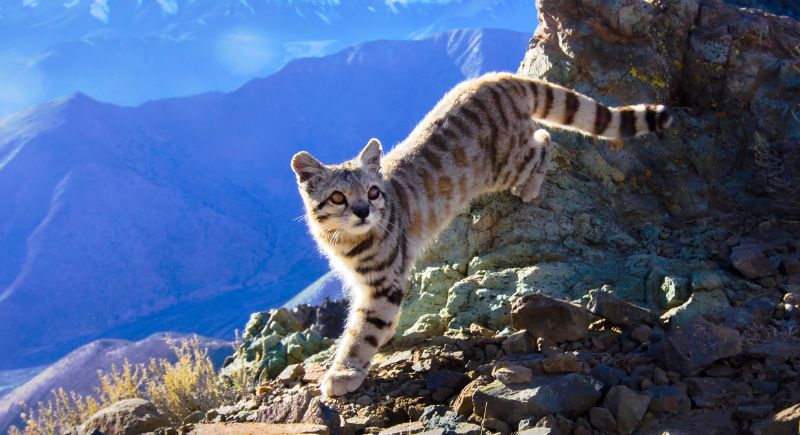
Credit: Facebook
Surviving in the cold, rocky Andes Mountains is nearly impossible—but this cat makes it look easy. The Andean mountain cat is a rare predator that hunts small animals like viscachas in one of the toughest environments on Earth. Unfortunately, there are fewer than 1,500 left. Habitat destruction and poaching are major threats, and unless conservation efforts succeed, this elusive feline could disappear forever.
Black-Footed Cat
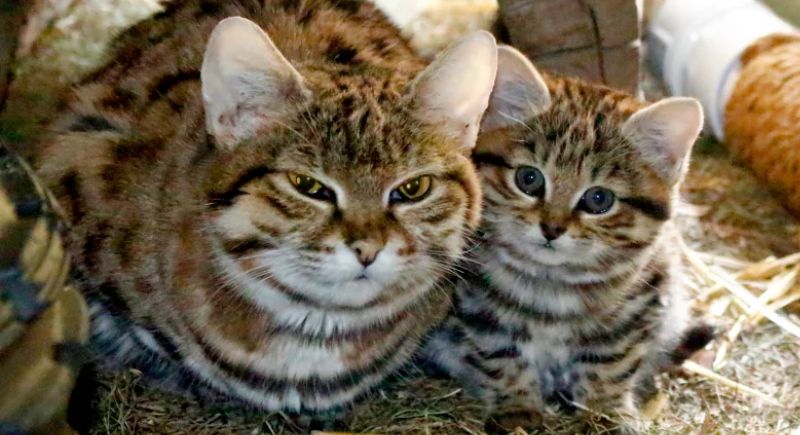
Credit: Reddit
Don’t let its tiny size fool you—this cat is one of the most efficient hunters in the wild. The black-footed cat takes down more prey in a single night than a lion! But despite its impressive skills, it faces serious threats. Habitat destruction, disease, and conflicts with farmers make survival a daily battle.
Borneo Bay Cat
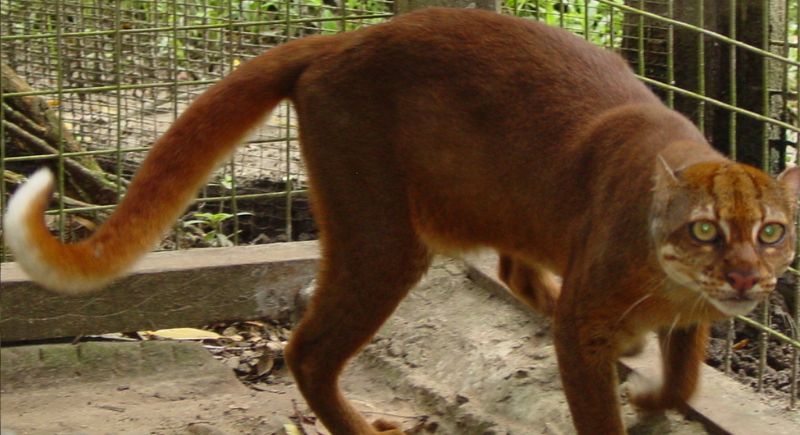
Credit: Wikimedia Commons
Scientists know more about some extinct species than they do about this mysterious cat. The Borneo bay cat is so secretive that it’s rarely seen, and it depends entirely on the forests of Borneo to survive. But deforestation is wiping out its home fast. If things don’t change soon, this cat might vanish before researchers even get the chance to study it properly.
Flat-Headed Cat
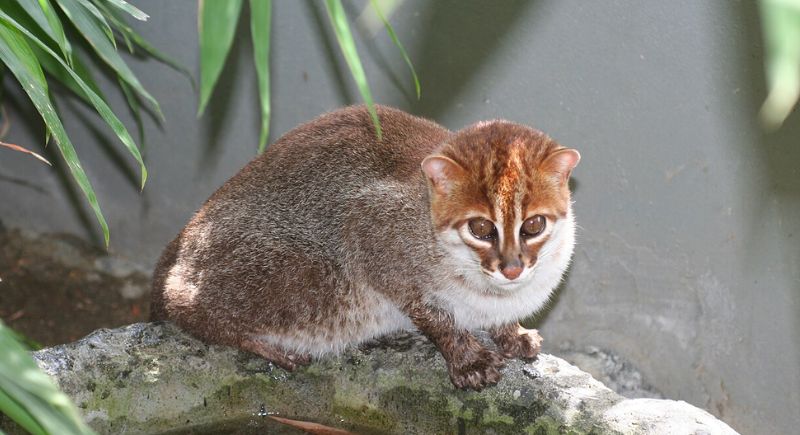
Credit: Wikimedia Commons
Hunting for fish might seem like an easy way to eat, but not when rivers turn toxic and habitats vanish. The flat-headed cat is a rare wetland predator from Southeast Asia that depends on clean waterways to survive. Pollution, logging, and land development are destroying its home. As the wetlands shrink, so do its chances of making a comeback.
Fishing Cat
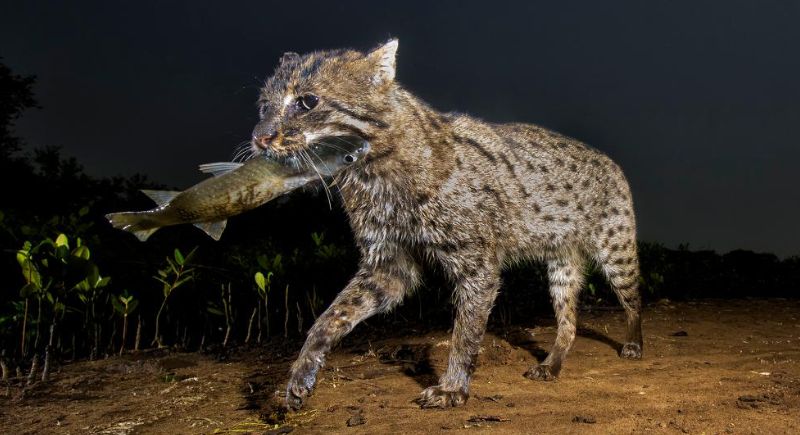
Credit: Reddit
Most cats hate water, but not this one! The fishing cat is an expert swimmer who wades through muddy swamps to catch fish with its sharp claws. Sadly, wetland destruction and declining fish populations are making it harder for this water-loving feline to survive. Without action, one of nature’s best aquatic hunters could be in danger.
Güiña (Kodkod) Cat
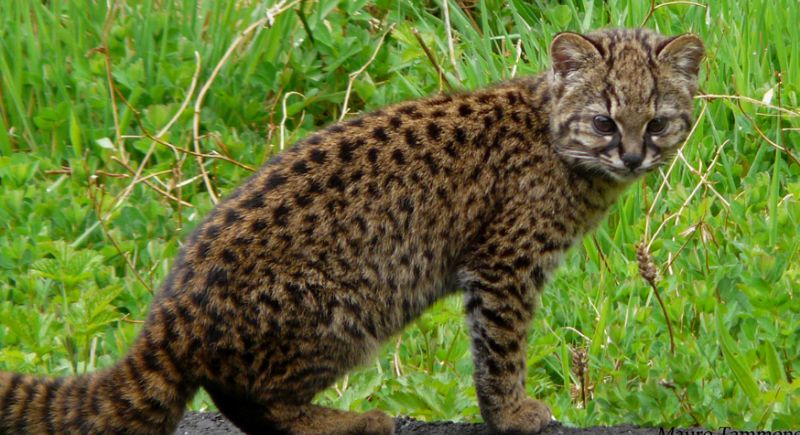
Credit: Wikimedia Commons
Fast, sneaky, and perfectly built for life in Chile’s forests, the güiña cat is a master escape artist. But no amount of speed can outrun deforestation. Logging and human expansion are destroying its home, and farmers often target it for attacking poultry. With fewer places to hide, its future is looking more uncertain each year.
Iberian Lynx
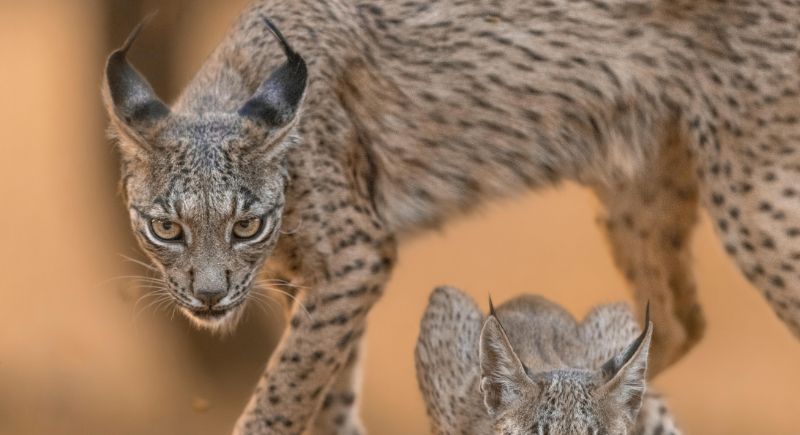
Credit: pexels
Going from nearly extinct to over 1,000 individuals sounds like a success story, but the danger isn’t over yet. As once the world’s rarest wild feline, the Iberian Lynx still faces major threats. Habitat destruction and a declining rabbit population make survival difficult. Conservationists have helped, but if they stop protecting it, this species could slip right back to the brink.
Jungle Cat
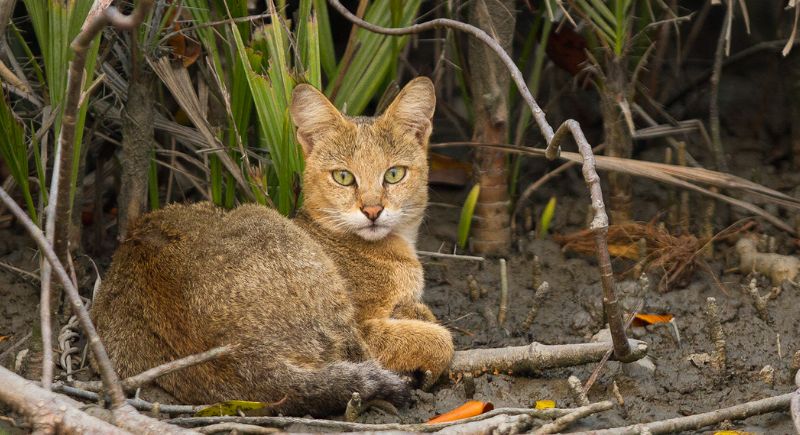
Credit: Wikimedia Commons
This cat blends perfectly into tall grasses and wetlands, which help it stay hidden. It’s found across Asia and parts of Africa, so it depends on these wild spaces to hunt. However, deforestation, hybridization with domestic cats, and habitat loss threaten its wild identity. If things keep going this way, this species could lose what makes it unique.
Leopard Cat
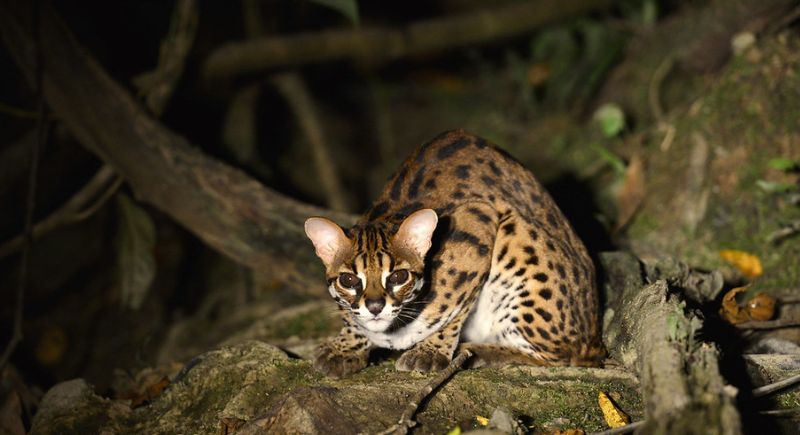
Credit: flickr
People have tried to turn this wild cat into a pet, but it refuses to be tamed. The leopard cat thrives in forests and grasslands, but it’s being captured for the illegal pet trade. At the same time, deforestation is shrinking its natural home. As demand for exotic pets grows, its future in the wild looks more uncertain.
Marbled Cat
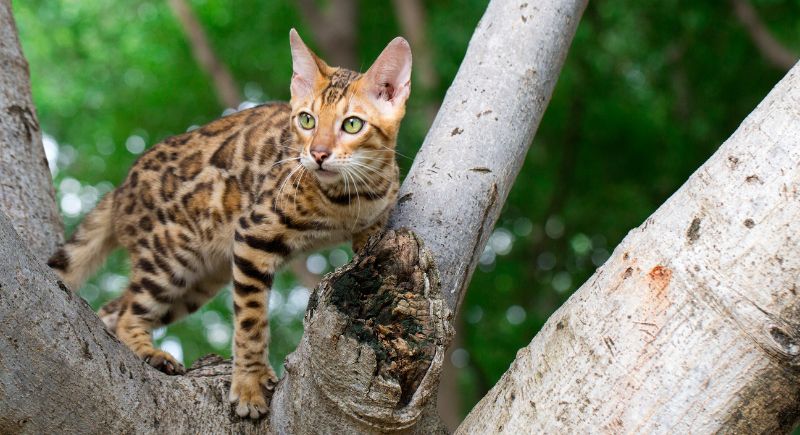
Credit: Titipong
The marbled cat has some unique acrobatic skills and spends most of its life jumping between tree branches. This rare Southeast Asian predator relies on thick forests to stay hidden and hunt. Illegal logging and land clearing are forcing it out of the trees, which continues to leave it vulnerable.
Pallas’s Cat
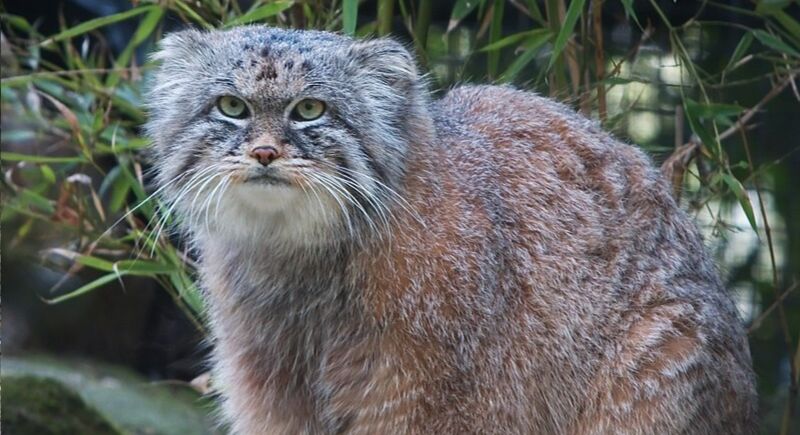
Credit: Wikimedia Commons
Looking like the grumpiest creature on the planet doesn’t help when real dangers are everywhere. The Pallas’s cat is perfectly built for the freezing landscapes of Central Asia, but climate change and human expansion are creating new challenges. Slow reproduction makes it hard for populations to recover, and shrinking habitats are putting even more pressure on this tough little predator.
Pampas Cat
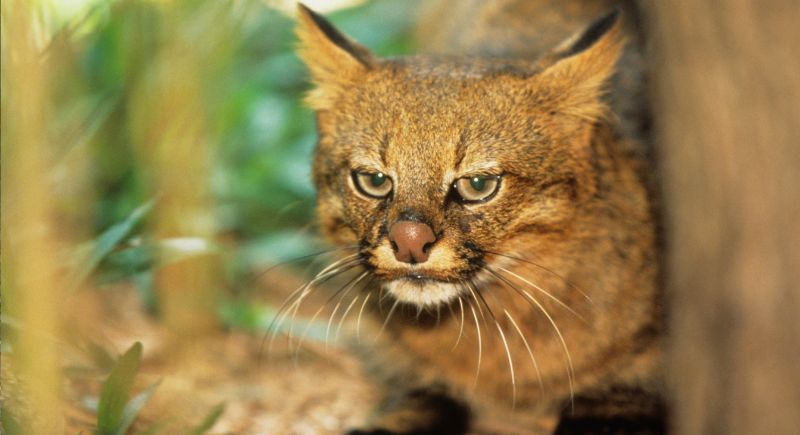
Credit: Photo Images
Some call it the “cat with a thousand faces” because its fur pattern varies depending on where it lives. The Pampas cat is found across South America, but its future is uncertain. As agriculture and land development take over its habitat, it’s being pushed into smaller and smaller spaces. Conservationists struggle to track and protect it due to its constantly changing appearance.
Rusty-Spotted Cat
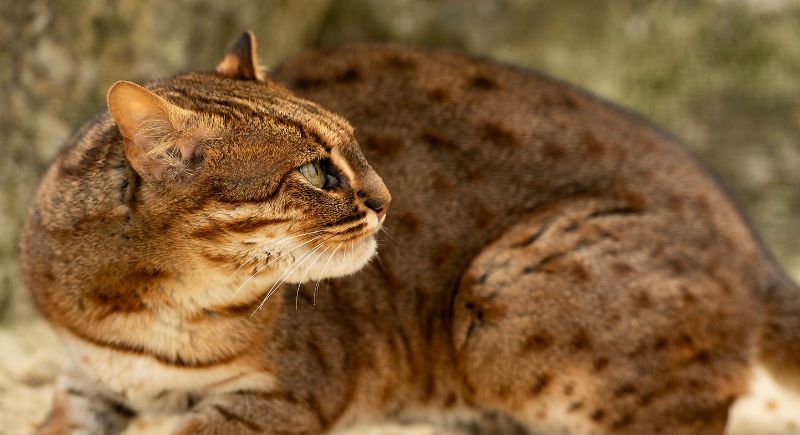
Credit: Getty Images
This is one of the smallest wild cats in the world, but don’t underestimate it! The rusty-spotted cat is a fearless night hunter from India and Sri Lanka. Unfortunately, deforestation is forcing it closer to human settlements, where conflicts are more likely.
Sand Cat
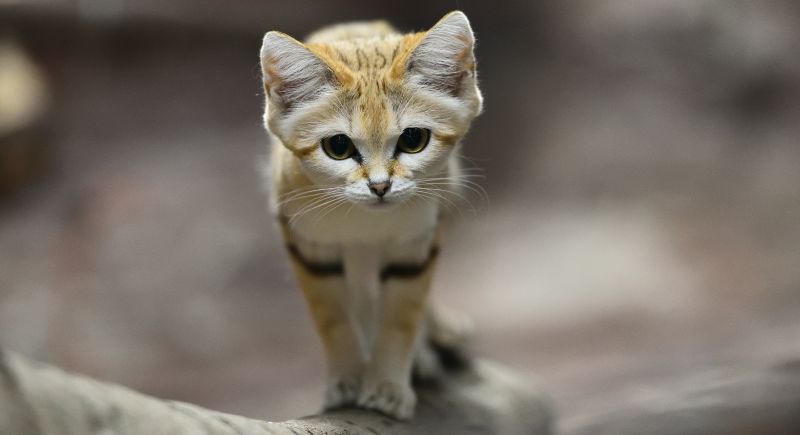
Credit: Getty Images
Walking across the desert without sinking into the sand is a rare skill, but the sand cat has it mastered. It survives extreme heat by staying hidden during the day and hunting at night. But climate change and human activity are putting pressure on its fragile desert ecosystem.
Cornish Rex

Credit: pexels
Unlike the others on this list, this is a domestic breed, but its future is still uncertain. The Cornish Rex stands out with its curly fur and oversized ears. While it’s not at risk of extinction, its limited gene pool puts it at risk for genetic disorders. Responsible breeding is crucial to keeping this playful, affectionate cat healthy for generations to come.